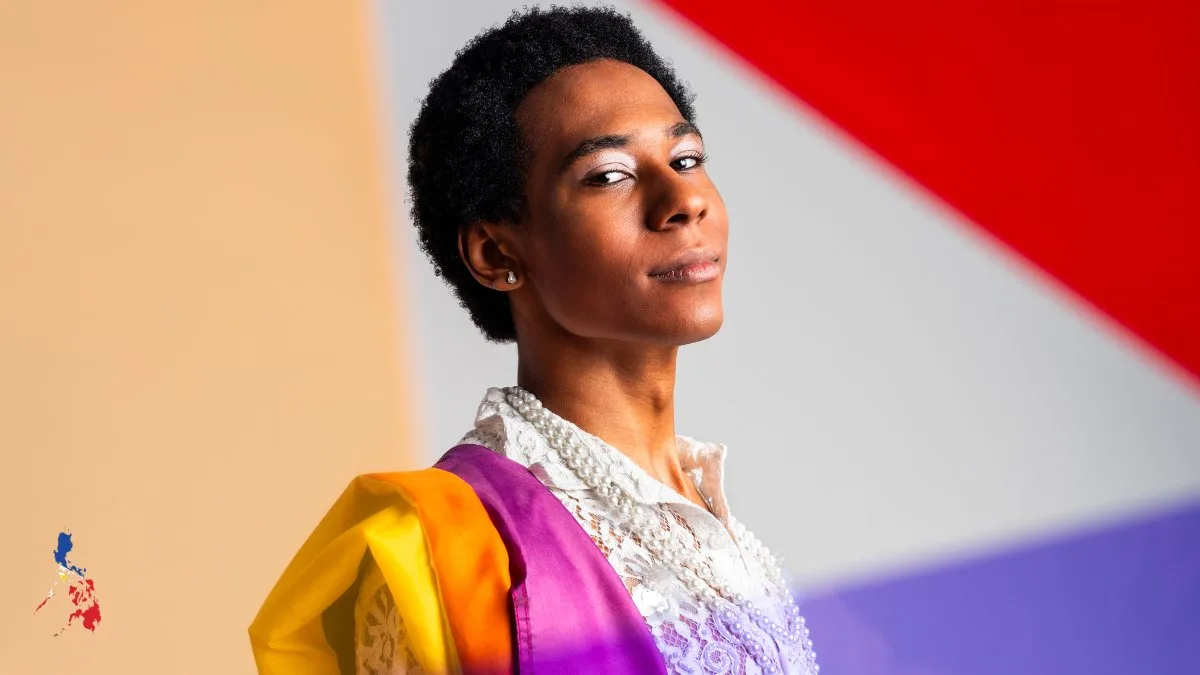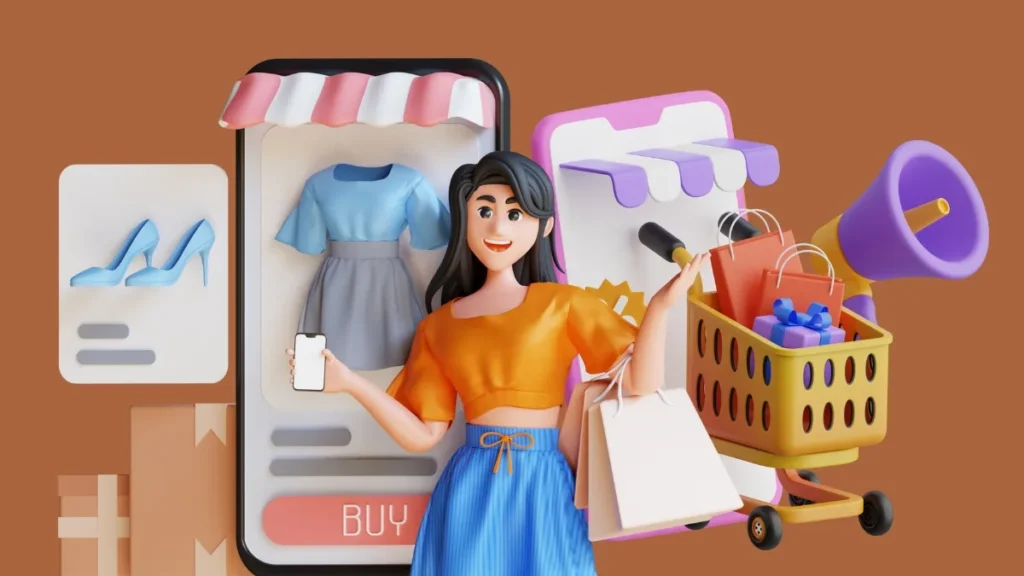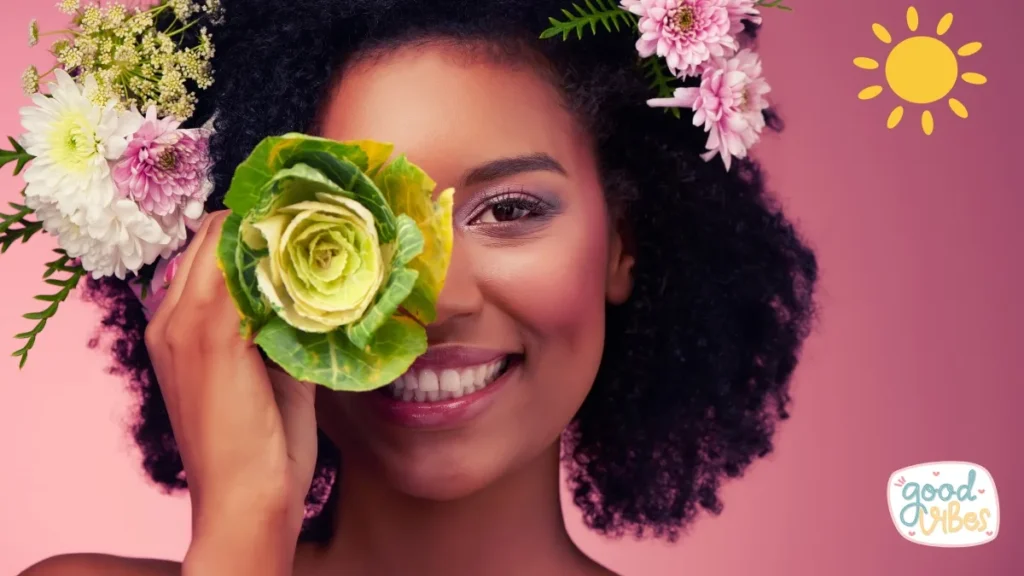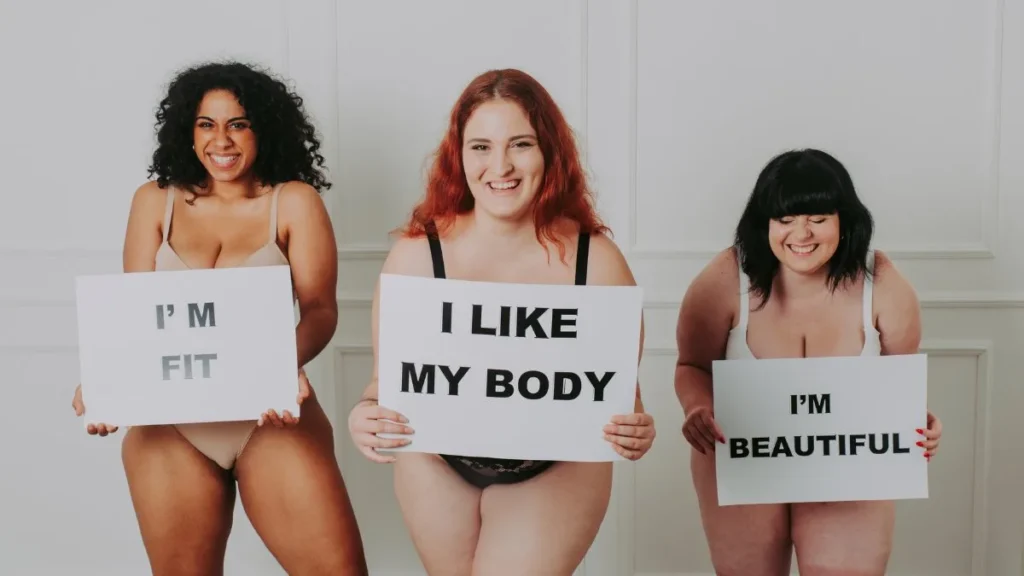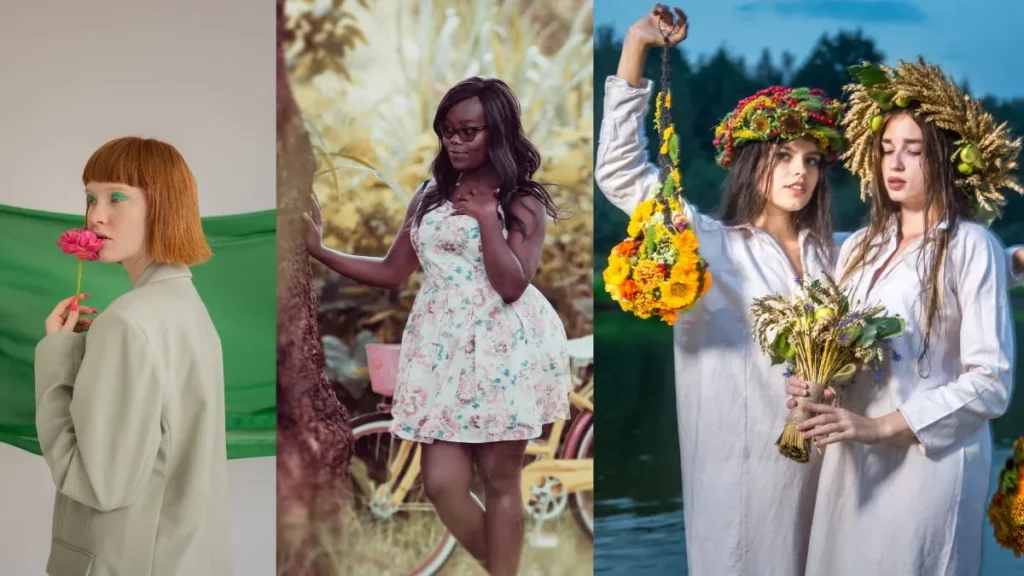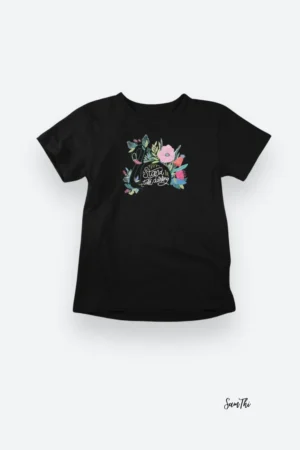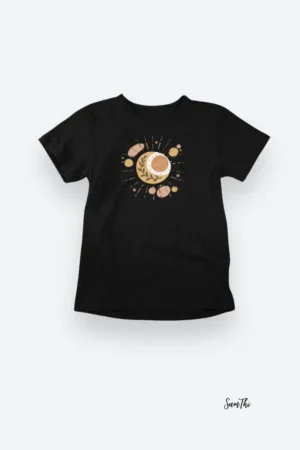Floral streetwear is breaking gender norms in the Philippines. Discover how floral prints are reshaping fashion for all genders and how Filipino brands are leading this inclusive trend toward self-expression and cultural change.
Introduction: The Rise of Floral Streetwear in the Philippines
Streetwear has always been about rebellion—against fashion norms, class divides, and, more recently, gender stereotypes. And now, a bold new trend is emerging in the Philippines: floral streetwear. Once considered too “soft” or feminine for the streetwear scene, floral prints are now making a statement across all genders. It’s not just a print; it’s a revolution.
Gone are the days when fashion was strictly divided into “men’s” and “women’s” sections. Today, gender fluidity is reshaping the way we think about style. What was once exclusive to one gender is now embraced by everyone. Floral prints, often seen as a symbol of femininity, are now pushing the boundaries of what’s acceptable for men, women, and everyone in between. This shift isn’t just a trend; it’s a reflection of a deeper cultural change happening in the Philippines and beyond.
Floral streetwear is becoming a language of its own—a way for individuals to express themselves beyond traditional gender labels. And it’s not just about flowers on a T-shirt. It’s about embracing vulnerability, softness, and boldness, all in one go.
As Filipino youth continue to challenge norms, floral streetwear is part of a larger movement that says, “We don’t have to conform to fit in.” This article explores how floral prints are redefining masculinity and femininity in street fashion, and why it’s important that we let go of outdated expectations to embrace a more fluid, inclusive future.
The Rise of Gender Fluidity in Streetwear
What exactly is gender fluidity? At its core, gender fluidity means embracing a spectrum of gender identities that go beyond the binary of male and female. It’s about acknowledging that our identity can shift, grow, and exist beyond traditional categories. In fashion, this translates into clothing that doesn’t adhere to rigid gender norms—pieces that can be worn by anyone, no matter their gender identity.
Streetwear, which has always been a symbol of youth rebellion and freedom, is naturally evolving to reflect these changes. No longer confined by the “men’s” or “women’s” labels, streetwear is moving toward inclusivity. We’re seeing more brands create collections that aren’t bound by gendered expectations. Instead, they’re designed for anyone who feels connected to the message of the brand, regardless of gender.
In the Philippines, we’re witnessing a growing number of streetwear brands that are embracing this shift toward gender-neutral fashion. Brands like Hype Streetwear Manila and Baka Loco are incorporating gender-fluid designs into their collections—pieces that use bold prints, comfortable cuts, and forward-thinking materials. These brands are embracing the idea that fashion doesn’t need to be confined by gender; it’s a tool for self-expression.
As Filipino streetwear culture continues to gain momentum, floral prints are emerging as a key example of how this inclusivity is shaping the future of fashion. Whether it’s a floral bomber jacket, a floral hoodie, or a floral bucket hat, these prints are more than just a trend—they are a sign of the times, reflecting the freedom to dress in a way that feels authentic.
Floral Prints: A Symbol of Breaking Traditional Boundaries
Floral prints have come a long way in the world of fashion. Historically, flowers were seen as symbols of femininity. Soft, delicate, and associated with traditional notions of grace, they were largely reserved for women’s clothing. But something remarkable has happened: floral prints have broken free from these constraints.
Floral patterns have become a universal design element, embraced by everyone, everywhere. Designers like Virgil Abloh have incorporated floral designs into high-end streetwear, challenging the status quo. The trend is no longer about what’s “appropriate” for a man or a woman, but about what feels right for the individual.
In the Philippines, this shift has been particularly noticeable. As Filipino culture continues to embrace a more open-minded approach to identity and fashion, floral prints are becoming a symbol of inclusivity and freedom. In the local streetwear scene, brands are using floral designs not just for aesthetic value but as a challenge to outdated gender expectations. Men can now rock bold floral prints with confidence, while women are pushing the envelope with more masculine silhouettes.
Here’s the thing: floral streetwear is not just for one gender anymore—it’s a visual statement of cultural change. In the Philippines, where traditional gender roles have been deeply ingrained, floral streetwear is a quiet revolution. It’s saying that softness, vulnerability, and strength are not mutually exclusive. Floral prints in streetwear represent a fluidity that aligns with today’s shifting views on gender, identity, and self-expression.
In short, floral prints are no longer the sole domain of femininity. They’ve evolved into a canvas for anyone who wants to express their true selves, whether they’re challenging traditional masculinity, femininity, or the very concept of gender altogether.
Floral Prints: A Symbol of Breaking Traditional Boundaries
Floral prints have always been a fascinating paradox in fashion: delicate yet bold, traditional yet innovative. Historically, flowers have been tied to femininity. In the Western world, they were synonymous with softness and grace, often appearing in dresses, blouses, and accessories deemed “ladylike.” But this image of flowers has been turned upside down in recent years. The evolving landscape of fashion has shattered the belief that floral prints belong to just one gender.
As streetwear has become more inclusive, floral patterns have crossed the line between masculinity and femininity. They no longer carry the weight of tradition—they’ve become a tool for self-expression. The transformation began with avant-garde designers like Jean-Paul Gaultier and Vivienne Westwood in the late 20th century, who used floral prints to challenge gender norms. Fast forward to today, and floral streetwear has emerged as a symbol of freedom—freedom from outdated fashion rules.
In the Philippines, this shift is evident. Floral prints are no longer the sole domain of women. They’ve become a staple in gender-neutral streetwear, where men and women can equally rock a floral bomber jacket, oversized floral tees, or vibrant floral sneakers. Floral streetwear in the Philippines is a reflection of the country’s changing cultural attitudes. It represents a new generation’s willingness to challenge the binary and embrace a more fluid, inclusive definition of style.
Floral streetwear isn’t just a trend—it’s an act of rebellion. It’s a way of saying, “We don’t need to conform to fit in. We can wear whatever feels true to us.” And as more brands adopt this approach, the boundaries between what’s “masculine” and “feminine” continue to blur, paving the way for a fashion future where anyone can wear flowers without hesitation.
Floral Streetwear: Men and Women Unite in Fashion
The idea that certain clothes are for certain genders has been increasingly called into question. Floral streetwear, once thought to be the exclusive territory of women, is now breaking down these walls and embracing everyone. And that’s not just happening globally—it’s happening in the streets of the Philippines.
Brands like Hype Streetwear Manila, Pana Streetwear, and Baka Loco are at the forefront of this revolution. They’re taking traditional floral motifs and infusing them into designs that are bold and gender-neutral. A floral hoodie for men, a floral bucket hat for women, or floral-embroidered sneakers—all of these pieces showcase the new fluidity of fashion. These brands are showing us that floral prints can be tough, edgy, and masculine while still retaining their natural elegance. For men, it’s no longer about avoiding florals in favor of plain, tough patterns like camo or plaid. Floral prints have become a statement of confidence, challenging the status quo of streetwear.
And it’s not just the clothes that are changing; it’s how they’re being worn. Men are pairing floral prints with oversized denim jackets or chunky sneakers, while women are going for the androgynous look—combining floral designs with structured pants and statement footwear. The genderless fashion movement is in full swing, and it’s evident in the way these prints are being styled by everyone, regardless of their gender identity.
In the Philippines, where street culture is often a mirror of the country’s youth rebellion, floral prints are becoming more than just an aesthetic choice. They’re a symbol of unity—a way of saying, “Fashion doesn’t have to choose a side.” Men and women are coming together, not only in how they wear streetwear but in the shared expression of freedom that these designs represent.
Cultural Shifts: Streetwear and the Filipino Identity
Streetwear has always been more than just a fashion trend—it’s been a cultural movement. In the Philippines, where youth culture has historically shaped trends, streetwear has become a way for people to express themselves, to challenge authority, and to create something new. This is particularly true for the younger generation, who are embracing styles that reflect their evolving sense of identity.
Floral streetwear has become a major force in this cultural shift. The rise of floral prints in streetwear reflects the changing attitudes in Filipino society. As the country becomes more progressive, particularly among younger people, there’s an increasing openness to non-binary fashion choices. Streetwear has embraced this inclusivity, making floral prints a powerful tool for breaking down gender stereotypes. This evolution can be seen in the Philippines’ broader cultural movements, where gender fluidity is not just a trend but an acknowledgment of the country’s complex social landscape.
Filipino youth have always had an appetite for rebellion. Whether it was through the punk movements of the 80s or the streetwear revolutions of the 2000s, fashion has been a vehicle for social commentary. Floral streetwear is now part of this dialogue, offering a more inclusive and open-minded approach to self-expression. It reflects the fact that the younger generation is less interested in being confined to traditional gender roles and more focused on authenticity and personal freedom.
In the Philippines, the shift toward gender-neutral streetwear is a reflection of cultural change—a move towards inclusivity, where fashion is for everyone. It’s the Filipino way of saying, “We can dress how we want, and no one can tell us otherwise.” Floral streetwear, as part of this shift, allows people to embrace a more authentic version of themselves, free from the constraints of the past. It’s a celebration of both individuality and unity—a unique expression of modern Filipino identity.
The Impact of Social Media on Floral Streetwear
Social media has become more than just a platform for sharing vacation photos or food selfies—it’s now a driving force in the fashion world. Instagram and TikTok have become the ultimate arenas where fashion trends, including floral streetwear, go viral. These platforms don’t just broadcast trends; they make them accessible, digestible, and inspiring. Influencers and fashion bloggers are playing a pivotal role in normalizing floral streetwear for all genders.
In the Philippines, many influencers are pushing the boundaries by wearing floral streetwear in ways that defy traditional gender norms. They’re not just showcasing fashion; they’re using their platforms to challenge the very idea of what’s “appropriate” for men and women. Filipino influencers like Kookie O’Brian and Rochelle Pangilinan have become icons for a gender-fluid approach to fashion, often pairing floral prints with bold accessories or pairing feminine florals with traditionally masculine silhouettes. They’re making floral streetwear a conversation piece—a tool for self-expression.
Platforms like Instagram and TikTok allow these influencers to reach broader audiences, often sparking viral trends. A single post can change the way we perceive floral prints. Whether it’s a TikTok video showing how to style a floral oversized jacket or an Instagram post promoting a local streetwear brand, these platforms have made floral streetwear more mainstream. Social media is normalizing gender-neutral fashion, offering everyday people the opportunity to experiment with styles that break from traditional gender binaries.
What’s exciting about these platforms is how they foster creative collaboration. Filipino streetwear brands can now showcase their collections directly to an international audience. Social media has not only made floral streetwear accessible; it’s giving Filipino fashion a global voice, allowing the world to see how gender fluidity and streetwear can harmonize.
Challenges and Opportunities for Gender Fluid Streetwear in the Philippines
The shift toward gender fluidity in streetwear, especially in the Philippines, is exciting—but it’s not without its challenges. In a country deeply influenced by traditional values, pushback from conservative sectors remains a significant hurdle. Fashion has always been political, and gender-neutral fashion even more so. While younger generations are increasingly embracing these changes, older generations or more conservative groups may still see floral streetwear as a departure from what’s “appropriate.”
For instance, the concept of men wearing florals—especially in a streetwear context—still faces criticism. To some, it might seem “unmanly” or even disrespectful to traditional Filipino masculinity. But this resistance is precisely why gender fluid streetwear is so important—it challenges preconceived notions of gender and fashion. There’s an opportunity for education, especially through influential local designers and fashion leaders who are willing to stand up for inclusivity and self-expression.
On the flip side, the growing acceptance of gender fluidity in fashion also presents massive opportunities for Filipino streetwear brands. International markets are more open than ever to gender-neutral, culturally rich fashion that blends Western trends with local aesthetics. Filipino designers, particularly those working with floral streetwear, have the chance to put their mark on the global stage. This inclusivity isn’t just an aesthetic trend—it’s a cultural movement that’s growing in relevance.
As social norms continue to shift, floral streetwear in the Philippines holds the potential to be a leader in this change. It offers not just an opportunity for fashion innovation, but also for social empowerment, where gender fluidity becomes not just accepted, but celebrated.
Embracing Fashion Beyond Gender
The rise of floral streetwear as a gender-neutral trend in the Philippines is not just a passing phase—it’s a reflection of a society that’s shifting towards inclusivity and self-expression. As the fashion industry continues to evolve, floral prints, once confined to the realm of femininity, have now crossed boundaries and entered the wardrobes of everyone—regardless of gender. What was once seen as a delicate, feminine print is now a symbol of boldness, rebellion, and fluidity.
It’s exciting to think about how this trend will continue to grow, particularly in places like the Philippines, where youth culture has always been at the heart of fashion revolutions. The combination of floral prints and gender fluidity is more than just about clothes; it’s about identity, acceptance, and the power of self-expression.
Now, it’s your turn. Fashion is a tool that can allow anyone to break free from societal constraints. Floral streetwear offers a unique opportunity to express yourself, beyond labels of “masculine” or “feminine.” It’s about choosing what resonates with you, regardless of gender.
Explore the world of floral streetwear and check out the growing collection from Filipino brands leading the charge. Wear what makes you feel authentic—and in doing so, help push the boundaries of what fashion can mean in the 21st century.

